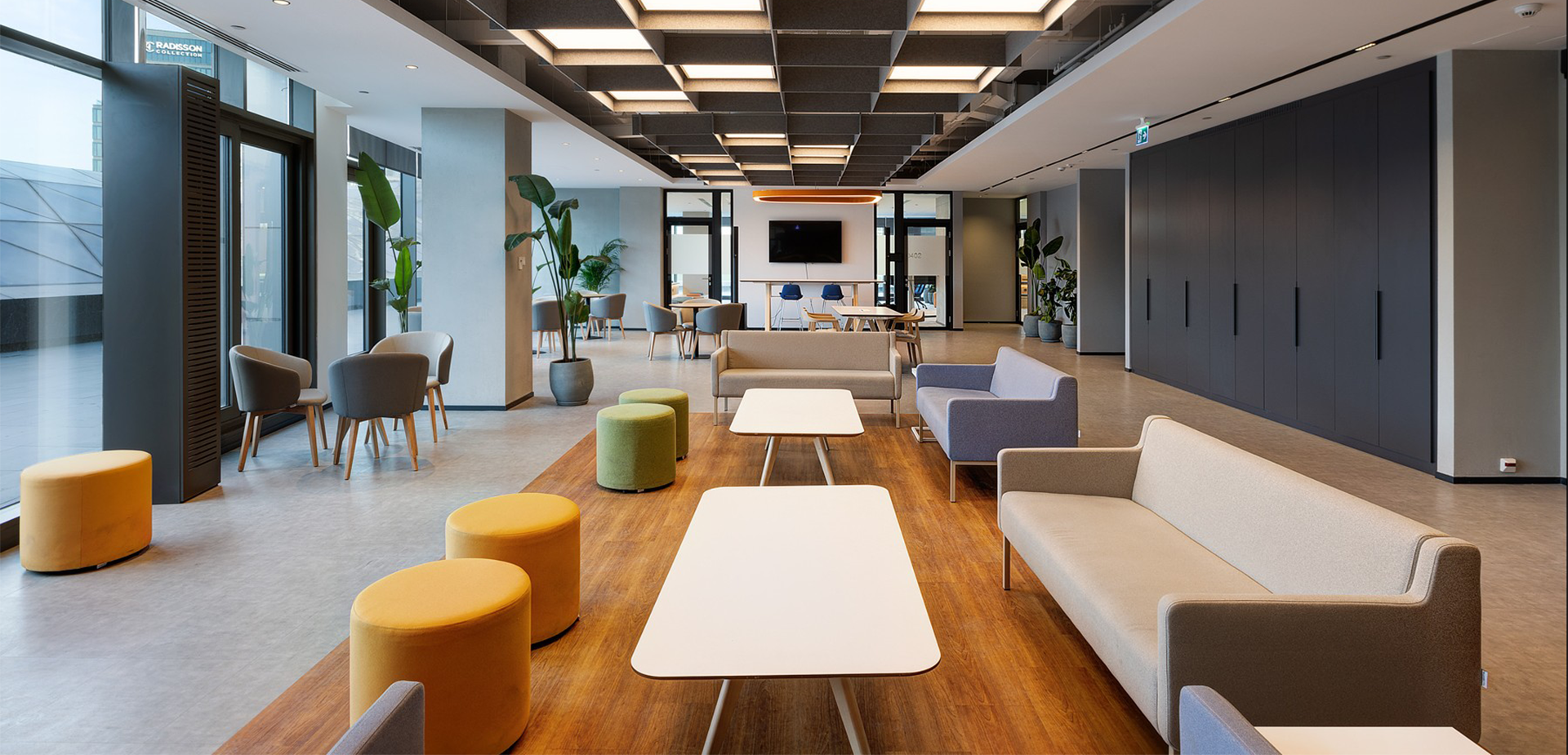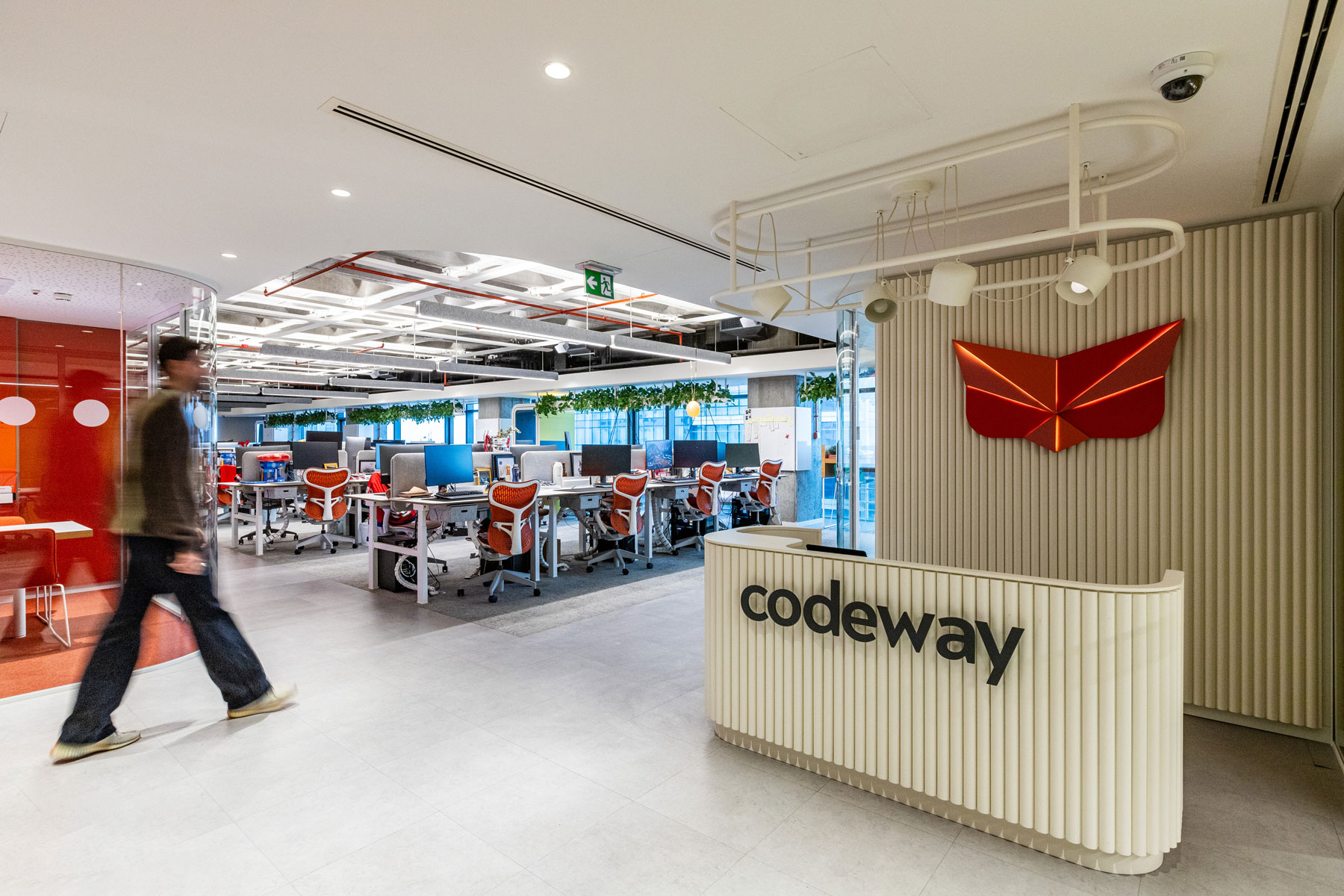-
Critical facilities like data centers and digital cloud services require workspace design to ensure optimal functionality, efficiency, and productivity. These facilities serve as the nerve center of modern digital operations, requiring meticulous attention to detail in layout and furniture selection to meet the unique needs of their users while prioritizing acoustic considerations.
-
-
When creating workspaces in crucial facilities like data centers, it is necessary to design the layout carefully to accommodate the facility’s specific workflow and operational requirements. This often entails separating areas based on their function and dedicating specific spaces for server racks, networking equipment, and administrative tasks. Moreover, it is crucial to consider ergonomic furniture to ensure that employees can work efficiently and comfortably within the space.
Furniture selection focuses on functionality, durability, and adaptability. Given the critical nature of the operations conducted within these facilities, furniture must be designed to withstand rigorous use and provide ergonomic support for employees who may spend long hours working in front of computers. Adjustable ergonomic desks and chairs with lumbar support and standard features allow employees to customize their workstations for optimal comfort and productivity.
-
When it comes to furniture selection, the adaptability of modular furniture systems shines in critical facilities. These systems, which can be easily reconfigured or expanded, offer a practical and cost-effective solution. They allow for seamless adaptation to shifting requirements, eliminating the need for extensive renovations or investments in new furniture.
-
-
In addition to furniture considerations, modular acoustic requirements are of utmost importance in critical facilities, particularly in environments with high noise levels generated by server racks and cooling systems. Excessive noise can disrupt employee concentration and productivity and interfere with communication and collaboration, leading to potential errors or delays in critical operations. Strategies can be employed to address acoustic challenges, including sound-absorbing materials, acoustic panels, and specialized acoustic furniture. These elements help mitigate noise levels and create a more comfortable and conducive working environment for employees. Additionally, the layout of workspaces can be optimized to minimize noise propagation and create designated quiet zones for focused work or meetings.
-
-
-
Furthermore, technology can be crucial in addressing acoustic concerns within critical facilities. Advanced sound masking systems can be installed to create a consistent background noise level, effectively masking distracting sounds and improving speech privacy. Additionally, video conferencing systems with noise-canceling features can help enhance communication clarity in environments with ambient noise.
-
-
In conclusion, designing office spaces within critical facilities requires careful consideration of furniture and acoustic requirements to ensure optimal functionality, comfort, and productivity. By selecting ergonomic, durable, and adaptable furniture and implementing acoustic furniture to mitigate noise levels, organizations can create work environments that support their employees’ unique needs while facilitating efficient and effective operations within critical facilities.





